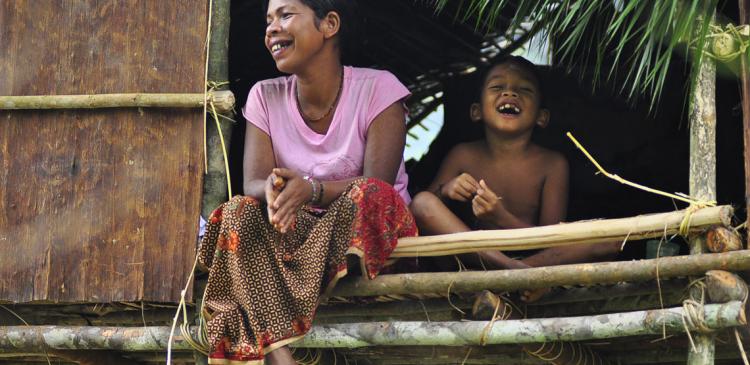Investigations into the health of indigenous Orang Asli peoples in Malaysia suggest that changes of lifestyle and modernization have increased their risks of cardiovascular disease and diabetes.
Investigations into the health of indigenous Orang Asli peoples in Malaysia suggest that changes of lifestyle and modernization have increased their risks of cardiovascular disease and diabetes. Genetic analyses also show that they have a lower metabolic capacity, requiring lower doses of many common painkillers. Taken together, researchers believe that better prevention and education programs are needed, along with the implementation of precision medicine in the Orang Asli.
The Orang Asli, or ’first people’ of Peninsular Malaysia, comprise less than 1% of the Malaysian population. Despite some snapshots of their health, there is not a great deal of medical information on these tribes, several of which are categorized as fragile.
Since the late 1950s, the Government of Malaysia, along with non-government agencies, has tried to bring advancement and improve the quality of life in these communities, but they are still reported to have lower health status compared to other ethnic groups on the peninsula. The average life expectancy of the Orang Asli is 54 years for females and 52 for males.
Mohd Zaki Salleh, Lay Kek Teh and colleagues of the Universiti Teknologi MARA have conducted medical examinations and biochemical analyses, which they report in BMC Public Health. They observed lower total cholesterol than in the control population of urban Malays. But their HDL—the good cholesterol that acts to clear LDL, the bad cholesterol, away from the arteries—was lower, conferring a greater risk of cardiovascular disease. Higher insulin levels were observed in many of the tribes and this, alongside higher fasting plasma glucose levels, suggests an increased risk of diabetes.
The team also characterized CYP2C9 gene variants that metabolize a range of drugs, from warfarin and phenytoin to non-steroidal anti-inflammatory drugs like aspirin and ibuprofen. They show, in a study published in Drug Metabolism and Pharmacokinetics, that large numbers of the Orang Asli are likely to have reduced metabolic capacity and therefore would require a lower dose of drugs that are metabolized by CYP2C9.
A lack of understanding of this could lead to drug failure or problems with toxicity at normal dosage levels. The researchers believe this work is important in delivering precision medicine to these tribes. Combining this knowledge with improving education and messages around lifestyle and disease prevention could lead to better strategies and healthier communities in these vulnerable groups.
-----------------------
Did you know?
In 2008 there were only 178,963 Orang Asli in Malaysia compared to the general population of 27.3 million.
-----------------------
Further information
Professor Lay Kek Teh | E-mail: [email protected]
Integrative Pharmacogenomics Institute (iPROMISE)
Universiti Teknologi MARA
Professor Mohd Zaki Salleh | E-mail: [email protected]
Integrative Pharmacogenomics Institute (iPROMISE)
Universiti Teknologi MARA




